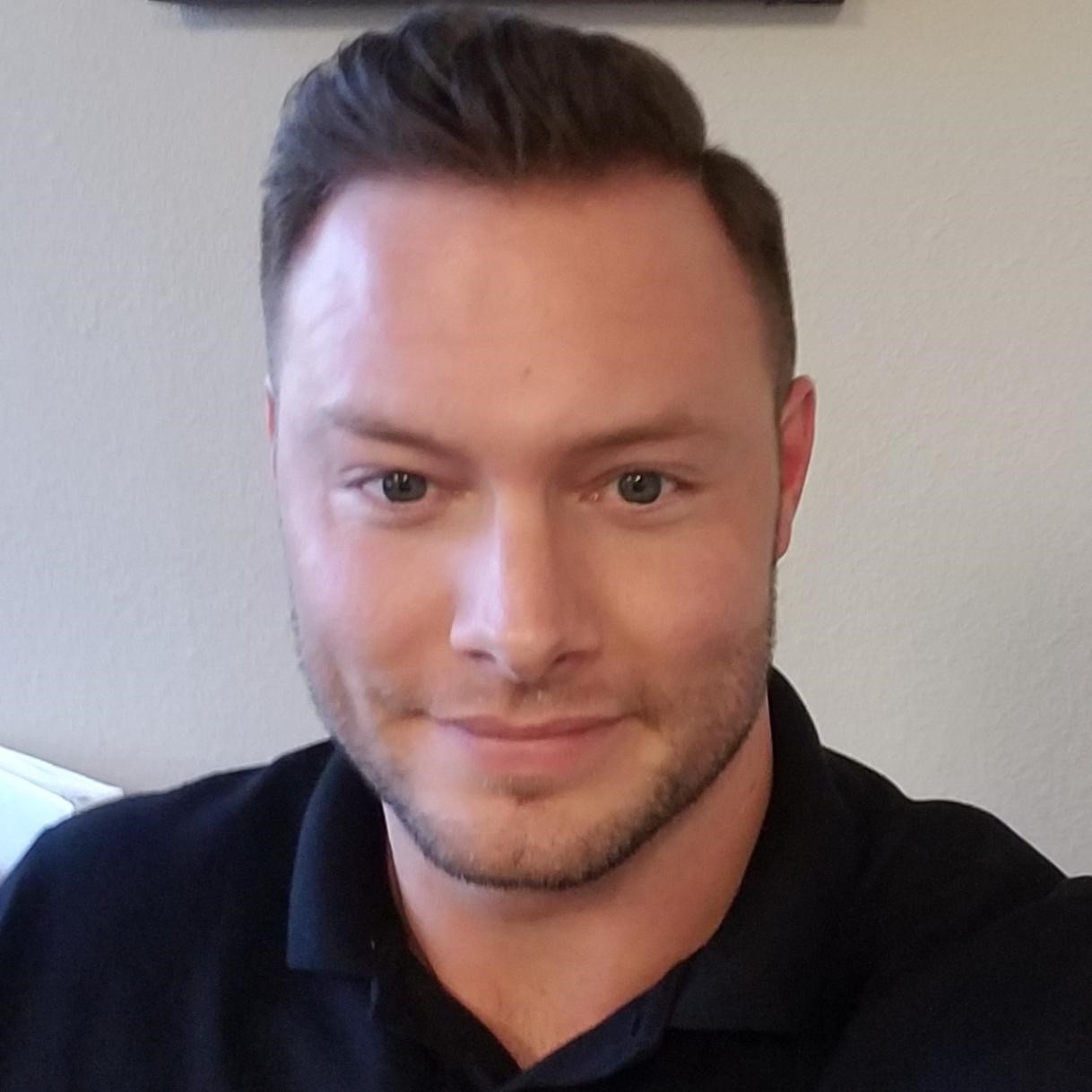As we observe National Suicide Prevention Week 2017, we sat down with Dr. Shareh Ghani, vice president and medical director at Magellan Healthcare who lead Magellan’s Driving Suicide to Zero Initiative.
Magellan Health Insights: Dr. Ghani, thank you for chatting with us today. Tell us about the work you did with the Driving Suicide to Zero Initiative
 Dr. Shareh Ghani: In some parts of the healthcare community, there is a view that suicide is something ‘that just happens’; that it is unavoidable and acceptable. The Driving Suicide to Zero Initiative sought to change that paradigm. Through our efforts in a public health program, we shifted the viewpoint to one that believes that suicide can be stopped and can be driven to zero.
Dr. Shareh Ghani: In some parts of the healthcare community, there is a view that suicide is something ‘that just happens’; that it is unavoidable and acceptable. The Driving Suicide to Zero Initiative sought to change that paradigm. Through our efforts in a public health program, we shifted the viewpoint to one that believes that suicide can be stopped and can be driven to zero.
MHI: You have lead a number of initiatives for Magellan, what was your interest in this particular program?
SG: I have been working in mental health since 1993. From 1993 to 1995, during my residency, I had a lot of experience with suicide prevention research, and again working in community psychiatry. There is a lot of good research on the how of suicide, but I want to understand the why.
MHI: You looked at a lot of data as a part of this initiative. Tell us about that.
SG: We were managing the behavioral health contract for Maricopa County between 2007 and 2012. At the time, Phoenix had the seventh highest suicide rate in the country. The suicide rate for those with mental health issues was even higher.
During that time, we reviewed every case of completed suicide to see what could have been done differently.
MHI: What was the Driving Suicide to Zero Initiative hoping to achieve?
SG: Of course, we were looking to significantly impact suicide rates in Maricopa County. But more than that, we were looking to develop a systematized, data-driven, reproducible model.
Part of that meant preparing the clinical workforce to confidently identify at-risk individuals and improve treatment access and engagement. It also meant incorporating family and community participation to better identify early warning signs, navigate the clinical system, and support members at risk.
Finally, there was the integration of a sustainable and replicable clinical and support model and program tools into an EMR [Electronic Medical Record] to ensure that healthcare providers can, from a single source, identify, manage and plan for zero suicides through the safe management of those at risk.
MHI: And what were the results of the initiative? Was it successful?
SG: The results were highly encouraging. Between 2007 and 2012, there was a 67 percent reduction of the suicide rate for the population. Furthermore, there was a 42 percent decrease in the suicide rate of people with serious mental illness.
MHI: You mentioned earlier that the suicide rate was much higher for those with serious mental illness?
SG: Yes, it is a fact that individuals suffering from severe mental illness are six to 12 times more likely to die from suicide than the general population.
MHI: If you could hope that people would take away one thing from the Driving Suicide to Zero Initiative what would it be?
SG: That employing a rigorous, data-driven, scalable and reproducible population health approach to address suicide prevention, and creating a sustainable ecology of support around the individual and the community, is possible.
The Magellan Driving Suicide to Zero Initiative successfully incorporated population surveillance, analytics, research, early detection, intervention and monitoring to shift the paradigm from crisis mitigation to early prevention of suicide.
 “We are often asked in interviews what our most memorable experience has been as a pharmacist,” said Marc. “I used to have a go-to story I thought was amazing, but now that story has been replaced.”
“We are often asked in interviews what our most memorable experience has been as a pharmacist,” said Marc. “I used to have a go-to story I thought was amazing, but now that story has been replaced.” Dr. Shareh Ghani: In some parts of the healthcare community, there is a view that suicide is something ‘that just happens’; that it is unavoidable and acceptable. The Driving Suicide to Zero Initiative sought to change that paradigm. Through our efforts in a public health program, we shifted the viewpoint to one that believes that suicide can be stopped and can be driven to zero.
Dr. Shareh Ghani: In some parts of the healthcare community, there is a view that suicide is something ‘that just happens’; that it is unavoidable and acceptable. The Driving Suicide to Zero Initiative sought to change that paradigm. Through our efforts in a public health program, we shifted the viewpoint to one that believes that suicide can be stopped and can be driven to zero.